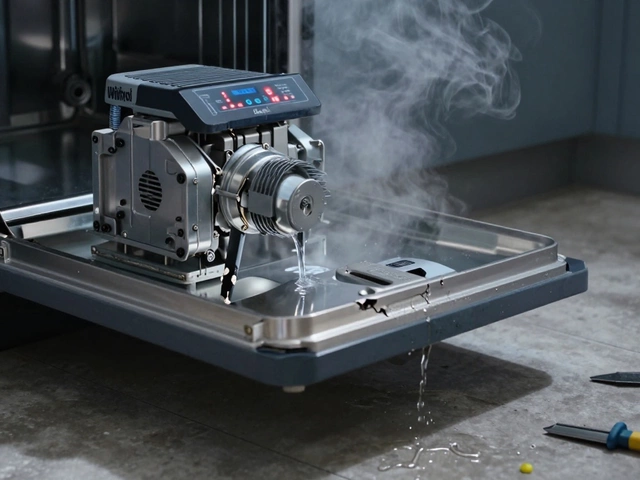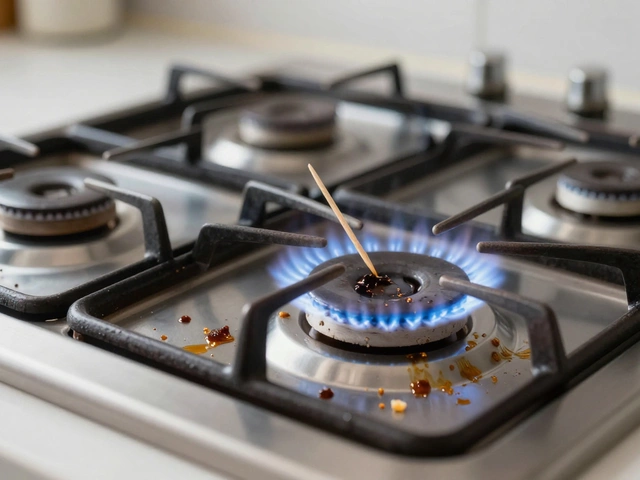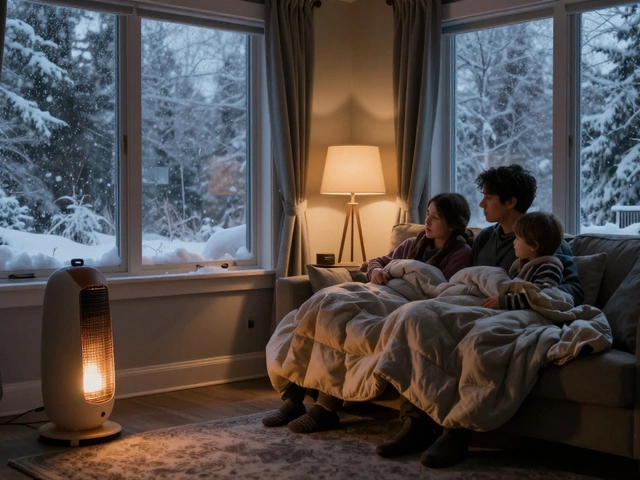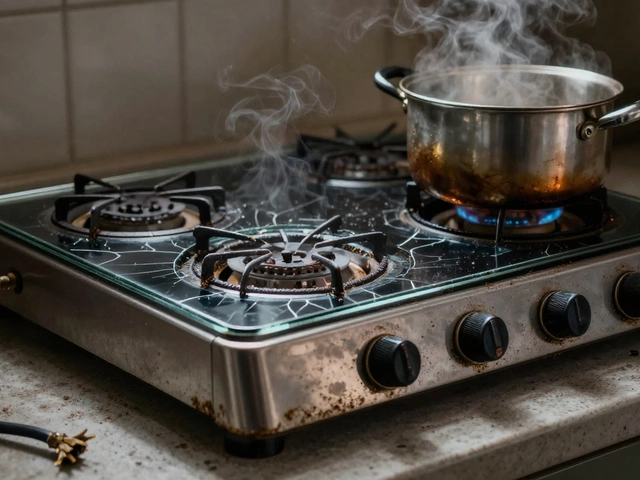Cooling Problems? What to Check and How to Fix Them
If your fridge is warm, your dishwasher isn’t drying, or the water heater isn’t giving hot water, you’re dealing with a cooling problem. These issues are frustrating, but most of the time you can figure out the cause without tearing the place apart. Below are the first things to look at and simple steps you can take to get things working again.
Identify the Source of the Cool Issue
Start by narrowing down which appliance is acting up. A fridge that’s only a few degrees above the set temperature often points to dirty coils or a blocked vent. Check the back or underneath the fridge – if dust is piled up, vacuum it with a brush attachment. Make sure the fridge isn’t too close to the wall; you need a few inches of space for air to flow.
For dishwashers, a cooling problem usually shows up as dishes staying wet after the cycle. Look at the rinse aid dispenser – an empty tank can leave water on dishes. Also inspect the dishwasher’s vent; a clogged vent stops steam from escaping, leaving the interior humid.
When a water heater isn’t delivering hot water, the problem is often a broken thermostat or a stuck heating element. Feel the tank’s sides – if it’s cool to the touch after a run, the element may have failed. Most modern water heaters have a reset button on the thermostat; press it for a few seconds and see if the heater fires up again.
Simple Fixes You Can Try Today
1. Clean the coils. Unplug the fridge, pull it away from the wall, and brush off any dust. A clean coil improves airflow and helps the compressor keep the interior cold.
2. Check door seals. A cracked or warped gasket lets warm air in. Close a piece of paper in the door; if it slides out easily, the seal needs replacement.
3. Flush the dishwasher. Run a short cycle with a cup of white vinegar on the top rack. The vinegar breaks down mineral buildup that can trap heat and moisture.
4. Reset the water heater. Turn off the power, wait a minute, then flip the breaker back on. Press the reset button on the thermostat (usually a red button). If the water still stays cold, the element might be dead and needs swapping.
5. Inspect filters. Many fridges and dishwashers have removable filters that catch debris. A clogged filter reduces cooling efficiency. Take it out, rinse under warm water, and reinstall.
If none of these steps solve the problem, it’s time to call a professional. A qualified technician can test compressors, replace faulty thermostats, or repair electrical faults safely.
Remember, routine maintenance prevents most cooling headaches. Wipe coils every six months, run a vinegar wash in the dishwasher quarterly, and check the water heater’s pressure valve yearly. Simple habits keep your appliances running smooth and keep you from unexpected breakdowns.
Got more cooling questions? Our team at Weymouth Appliance Repair Services can help you troubleshoot or schedule a repair. We’re fast, reliable, and ready to get your home back to normal.
How to Repair a Refrigerator Not Cooling: Easy DIY Fixes and Pro Tips
- Alden Wilder
- Jul 31 2025
- 0 Comments
Fridge not cooling? Discover what really causes cooling problems and how you can fix it on your own, plus when to call in a pro. Step-by-step solutions and tips.
View More




